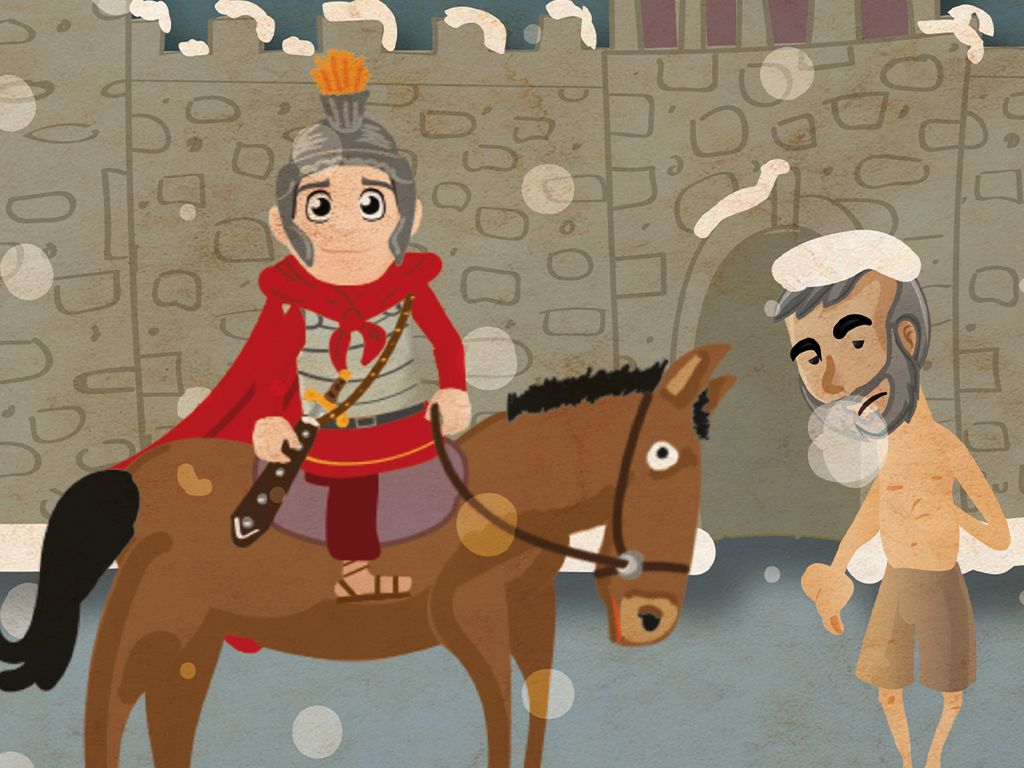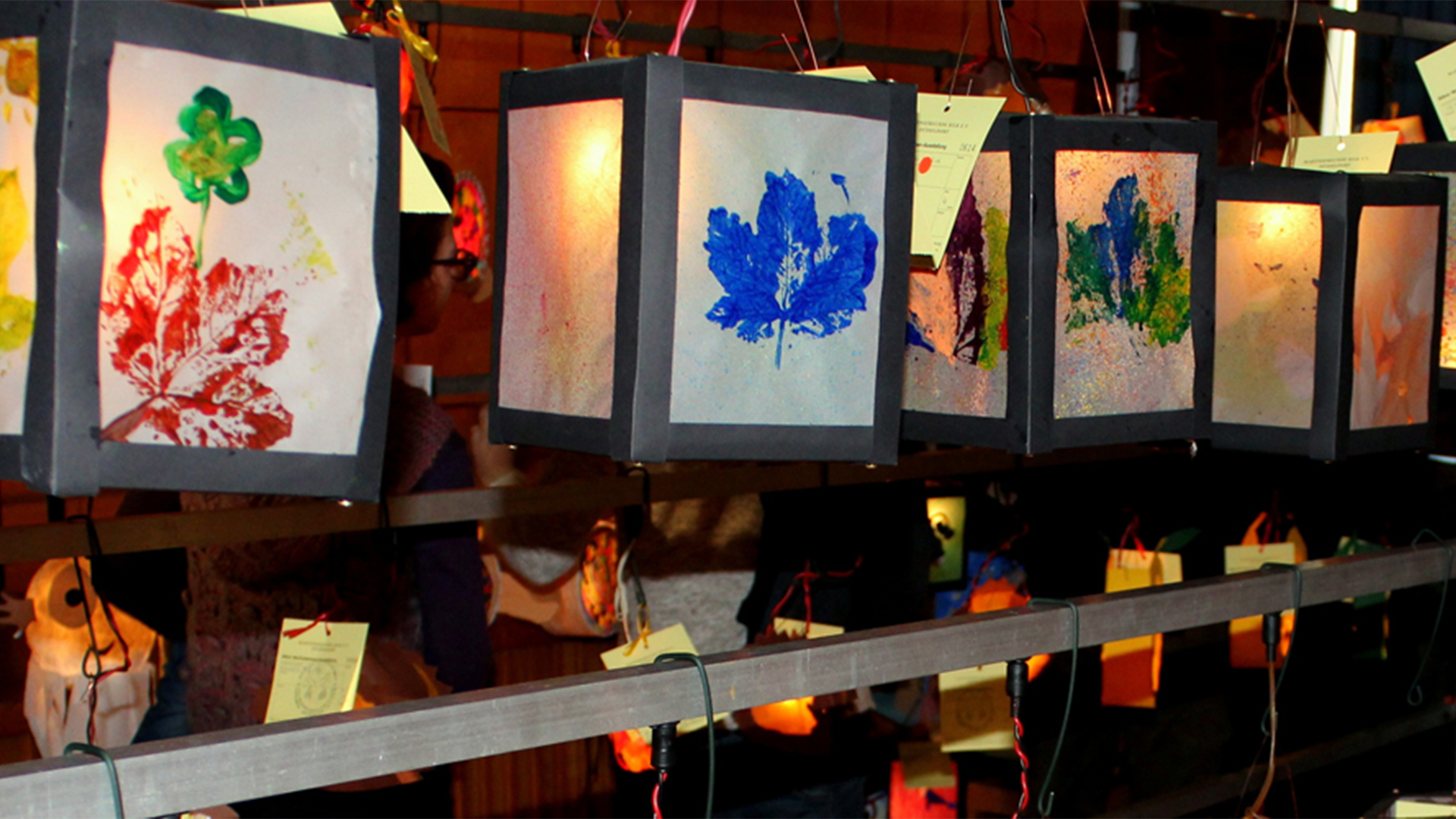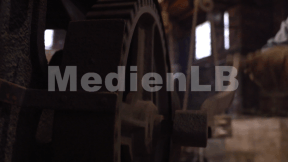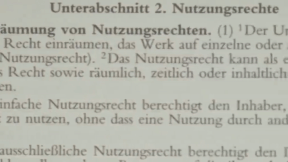 Preschool, Primary School
Preschool, Primary School


4679022 / 5565783
Saint Martin
Sharing and Why We Celebrate It
Every year on November 11, Saint Martin’s Day is celebrated. This church festival is also referred to as Saint Martin’s Feast. Depending on the community or region where you live, there are different rites connected to this festival. Among them are St. Martin’s songs, St. Martin’s processions and in some families, a goose is served as a feast – the so-called St. Martin’s Goose. But who was this Martin and why is he called Saint Martin or, more precisely, why is he a saint? On this picture from the Middle Ages, Saint Martin is once depicted as a young soldier and once, on the right, as the bishop of the city of Tours, which he was ordained later as an older man.
Play trailer

Curriculum-centred and oriented towards educational standards
Matching
Seal of approval
Quality seals such as the "Bio-Siegel", "Blauer Engel", "Stiftung Warentest" and up to 1,000 other seals represent characteristics such as sustainability, health or safety with regard to a product, a service or even a company.
Copyright
Copyright is subject to constant change to keep up with technological advances. This film enables the viewer to grasp the basic principles of this extremely intricate matter. By way of introduction, the film defines what an author is, what kinds of works there are and how long a work is protected on principle. Then the fundamental rights of an author are cited and it is shown how these are exploited in our times. In the third chapter, the respective rights are illustrated by way of practice-oriented examples of books, photos, music and films. Here, of course, an emphasis is laid on the field of education, taking into account the latest case law within the EU and Austria in particular. A further chapter highlights the problems arising with the Internet and goes into the citation law and pirate copies. All in all, in this way the viewer is made familiar with the most important basic terms and their meanings. Comprehensive worksheets and additional accompanying material invite us to deepen our knowledge of the subject.









